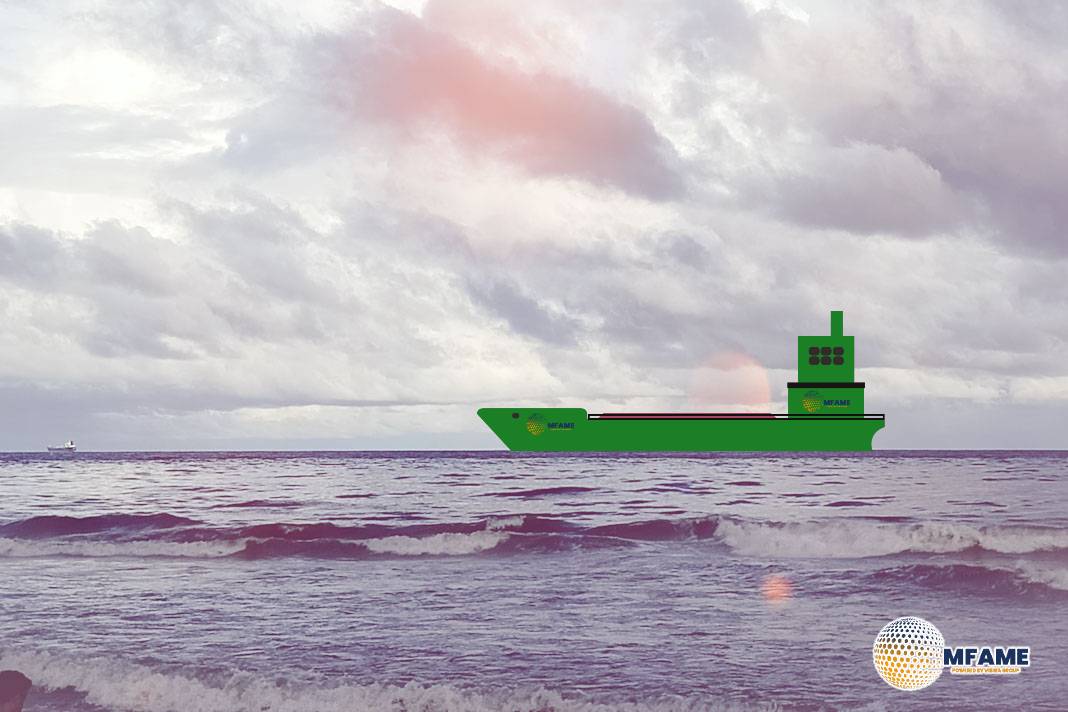The Australian Transport Safety Bureau (ATSB) has published Report MO-2025-004 into an unplanned pressure release which resulted in burn injuries to three crew members, reports an IMCA Safety flash.
What happened?
An engineering team was conducting maintenance on the main deck steam valve for the heating system of an oil tanker. After the system was isolated, the team removed the valve bonnet, and residual hot condensate was suddenly released, resulting in burn injuries to three crew members. After receiving first aid on board, the crew members were transported to shore for medical treatment.
What went wrong?
Investigation found the crew had not allowed adequate time for the steam system to cool before starting work on the cargo heating system main deck steam valve.
The investigation also found a permanent modification to the steam drain line had been implemented on board this vessel without documentation.
- The ATSB noted that this undocumented change, which was not incorporated into a risk assessment or formally reviewed, likely introduced a system vulnerability that undermined the effectiveness of the steam system isolation.
- Moreover, the ATSB found the modification was not identified during routine technical inspections or multiple company superintendent visits to the ship.
What did they do next?
- Since the incident, the drain line on this vessel was returned to its original design configuration.
- A fleetwide campaign was started to identify any unauthorised modifications to shipboard piping systems.
- Crew were encouraged to remember that modifications should be undertaken only after appropriate consultation and always in accordance with a formal Management of Change process.
Lessons to learn
- Where changes are to be made to a system, these need to be recorded and the processes to identify the risks should to be followed to ensure there are no unintended consequences.
- Allow sufficient time for cooling when dealing with systems involving fluids at very high temperatures.
- Remember to include visual confirmation that something is isolated – check, double check, check again.
Did you subscribe to our daily Newsletter?
It’s Free Click here to Subscribe!
Source: IMCA
















